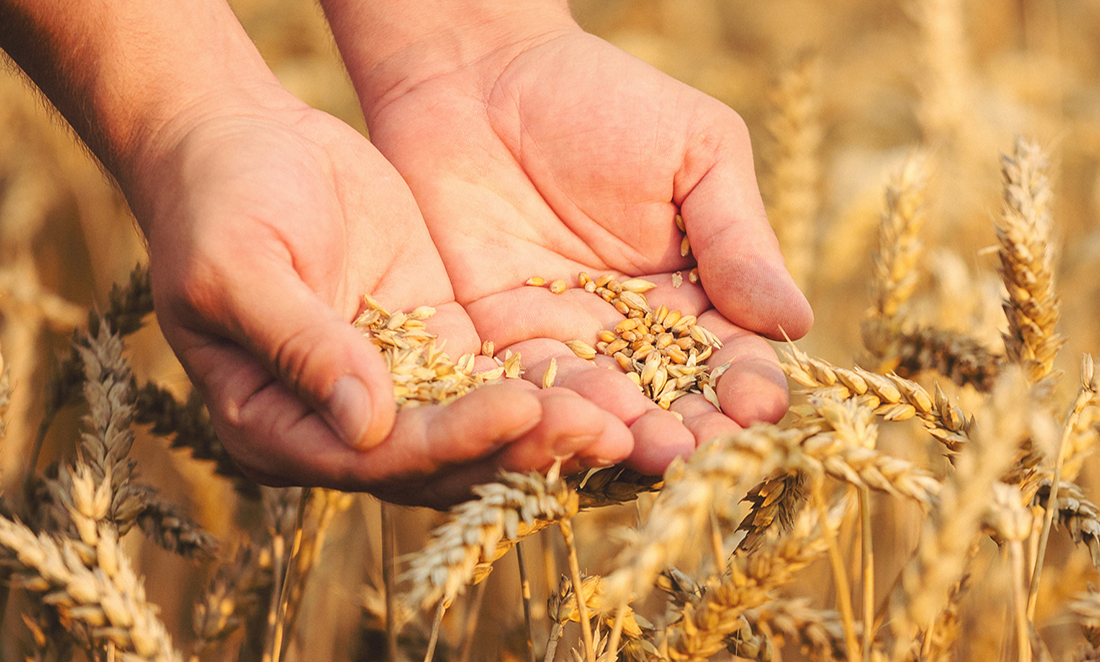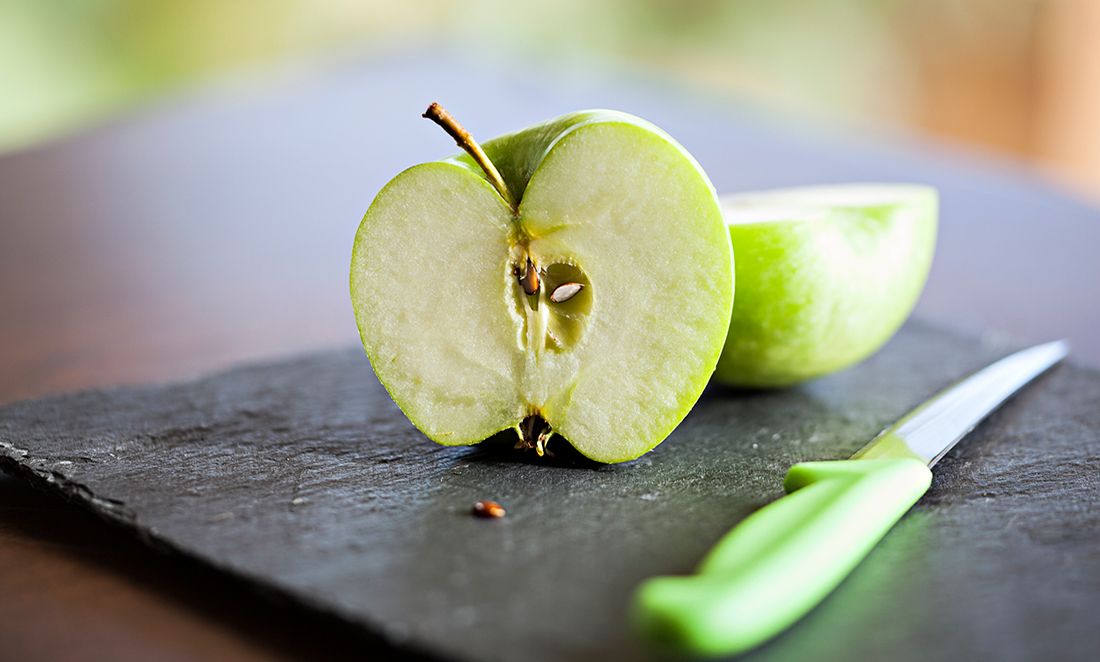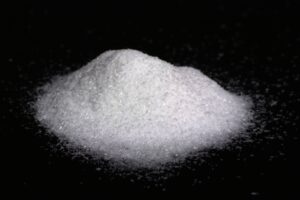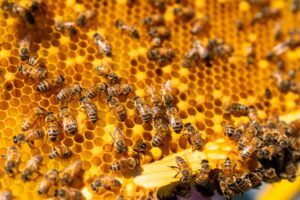Most of us have a vague idea about DNA. It’s the stuff that makes you look like your parents and is used to design dinosaurs for Jurassic-themed parks. More importantly, it’s the blueprint for almost all living things to grow the way they do.
What you might not know is that DNA has a little brother, ribonucleic acid (RNA). But you should, because biologists are doing some pretty exciting things with it.
A postie’s grizzly end
RNA is the postie for genetic messages in our body. If DNA wants to tell your body to produce insulin to control your blood sugar, it’s RNA that carries the message to your cells. By harnessing this postie power, we can change the way plants behave.
Professor Steve Swain is the research director of Breakthrough Genetic Technologies for Crop Improvement at CSIRO. There, he researches RNA interference (RNAi) on food crops.

RNA interference works like this:
Imagine each cell in your body is its own little city. The city’s centre is the cell nucleus. This is where all the big decisions get made.
The nucleus holds most of the cell’s DNA, which acts like a vast library with millions of blueprints describing how the city should be run. One day, the DNA dictates that the cell needs to make insulin. A message has to get out to the cell’s factories (the ribosomes) so that they can begin production. RNA posties are sent off from the city centre to give the order, and insulin manufacture can begin.
Eventually, the factories make enough insulin. The problem is, posties are still coming in from the city centre telling them to make more. The nucleus hasn’t realised yet that the job is done.
This is where the narrative turns a little nightmarish…
The factories cut up some posties, throwing these smaller RNA molecules back at those still streaming in from the city centre. This interference acts like an off switch for the posties. It’s a grizzly way of saying job’s done, stop bugging us!
Inbuilt interference
This is something that plants naturally do, but scientists can also use this RNA off switch to manipulate plants.
A good example is Arctic apples. Normally, apples begin to brown after being cut, but with RNA interference, food scientists can stop the browning process that begins when apple flesh is exposed to oxygen, keeping them fresher for longer. The actual transformation here is really quite simple. RNA interference makes Arctic apples produce less of an enzyme that usually makes them turn brown.

Because plants already interfere with their own RNA on a daily basis, the risk of unknown side effects from human interference is very low.
“Most plants and animals have RNA interference already in their cells. It’s completely naturally occurring,” says Steve.
“Crops, for example, have this system in them. It’s used to regulate their growth and development. Plants will shut down expression of their own genes when they need to.”
Many people are still squeamish at the thought of genetic modification, even though the science says it is safe. But rather than changing a plant’s DNA, RNA interference simply makes changes in the plant’s messaging system.
RNAi for the future
RNA interference is useful for more than keeping cut apples appetising.
Steve says RNA interference might become a replacement for pesticides in the future. It could be designed to interfere with a specific pest’s life cycle, which would stop insect numbers exploding and eating all of a crop. This kind of development could be vital in keeping our growing world fed and healthy.









